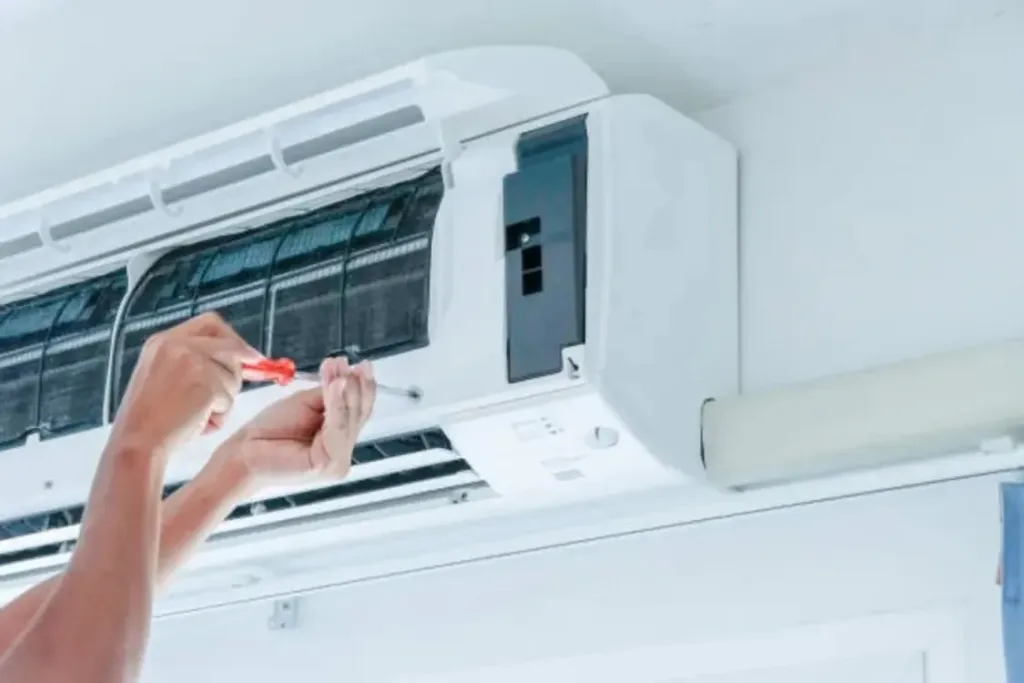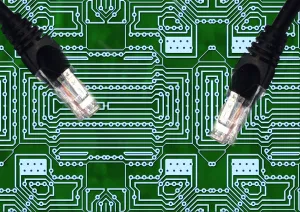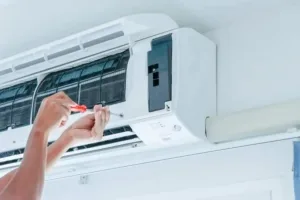What Should Be Done During AC Maintenance?

Maintaining your air conditioning (AC) system ensures longevity, efficiency, and optimal performance. Regular HVAC maintenance not only keeps your indoor environment comfortable but also helps in preventing costly repairs and extends the lifespan of your system. In this blog, we’ll delve into the essential tasks that should be included in your HVAC maintenance checklist to keep your AC running smoothly throughout the year.
- Clean or Replace Air Filters:
One of the most critical tasks in HVAC maintenance is cleaning or replacing air filters. Dirty filters restrict airflow, reducing the system’s efficiency and increasing energy consumption. It’s recommended to check and clean or replace air filters every 1 to 3 months, depending on usage and the type of filter. This simple step can significantly improve indoor air quality and prevent strain on your AC unit.
- Check and Clean Condenser Coils:
The condenser coils of your AC unit are located outside and can accumulate dirt, dust, and debris over time, hindering heat transfer. To ensure optimal performance, inspecting and cleaning the condenser coils regularly is essential. Use a soft brush or a vacuum cleaner to remove any buildup and ensure unrestricted airflow. Additionally, trim vegetation and clear debris around the outdoor unit to maintain proper airflow and ventilation.
- Inspect and Clean Evaporator Coils:
The evaporator coils inside the indoor unit can also collect dirt and debris, reducing their ability to absorb heat. Inspect the evaporator coils annually and clean them if necessary. Use a soft brush or a commercial coil cleaner to remove any buildup gently. Keeping the evaporator coils clean enhances cooling efficiency and prevents potential system malfunctions.
- Check and Straighten Coil Fins:
The coil fins, located on the evaporator and condenser coils, can become bent or damaged, hindering airflow. Use a fin comb or a gentle brush to straighten any bent fins and ensure unobstructed airflow. Straightening coil fins improves heat exchange efficiency and helps maintain your AC system’s optimal performance.
- Inspect and Clean the Condensate Drain:
The condensate drain, which removes moisture produced by the AC unit, can become clogged with algae, mold, or debris over time. This can lead to water damage and humidity issues. Inspect the drain line regularly and clean it using a mixture of bleach and water to prevent clogs and ensure proper drainage.
- Check Refrigerant Levels:
Proper refrigerant levels are essential for efficient cooling performance. Low refrigerant levels can indicate a leak in the system, which needs to be addressed promptly by a qualified technician. Schedule annual HVAC maintenance to check refrigerant levels and ensure there are no leaks or issues with the system’s refrigerant.
- Inspect and Lubricate Moving Parts:
Your AC system contains several moving parts, such as motors, fans, and bearings, which require lubrication to reduce friction and wear. Inspect these components annually and lubricate them as needed to ensure smooth operation and extend their lifespan. Proper lubrication reduces energy consumption and prevents premature wear and tear on vital system components.
- Test Thermostat Operation:
The thermostat controls the temperature and operation of your AC system, so it’s crucial to ensure it’s functioning correctly. Test the thermostat settings and accuracy regularly to ensure they’re calibrated correctly and accurately reflect the indoor temperature. Replace batteries if necessary and consider upgrading to a programmable or smart thermostat for improved energy efficiency and comfort control.
- Tighten Electrical Connections:
Loose or corroded electrical connections can lead to system malfunctions, inefficient operation, and even electrical hazards. Inspect and tighten all electrical connections, including terminals, contacts, and wires, during HVAC maintenance to ensure secure and reliable operation. Additionally, check for signs of overheating or damage and address any issues promptly to prevent further damage or safety hazards.
- Verify System Controls and Safety Features:
Ensure all system controls, safety switches, and emergency shutoffs function correctly to prevent potential hazards and ensure safe operation. Test the system’s startup, shutdown, and safety features, including overload protection, circuit breakers, and emergency shutoff switches, to verify they work as intended. Replace or repair any faulty components to maintain the safety and integrity of your AC system.
- Check Ductwork for Leaks:
Leaky ductwork can result in significant energy loss and reduced indoor air quality. Inspect the ductwork for any signs of leaks, gaps, or damage, and seal them with duct tape or mastic sealant to prevent air leaks. Properly sealed ductwork ensures efficient airflow and distribution of conditioned air throughout your home, improving comfort and energy efficiency.
- Inspect Fan Belts:
If your AC system utilizes fan belts to drive the blower motor, inspect them for signs of wear, cracks, or fraying. Replace worn or damaged fan belts to prevent belt slippage and ensure proper operation of the blower motor. Tighten or adjust the belts’ tension as needed to maintain optimal performance and reduce the risk of belt failure.
Conclusion
Regular HVAC maintenance is essential for ensuring the efficiency, reliability, and longevity of your air conditioning system. By following this comprehensive HVAC maintenance checklist, you can keep your AC unit running smoothly and efficiently throughout the year. From cleaning air filters to inspecting refrigerant levels and verifying system controls, each task plays a crucial role in maximizing the performance and lifespan of your HVAC system. Prioritize HVAC maintenance to enjoy consistent comfort, improved indoor air quality, and peace of mind, knowing your AC system is operating at its best.








